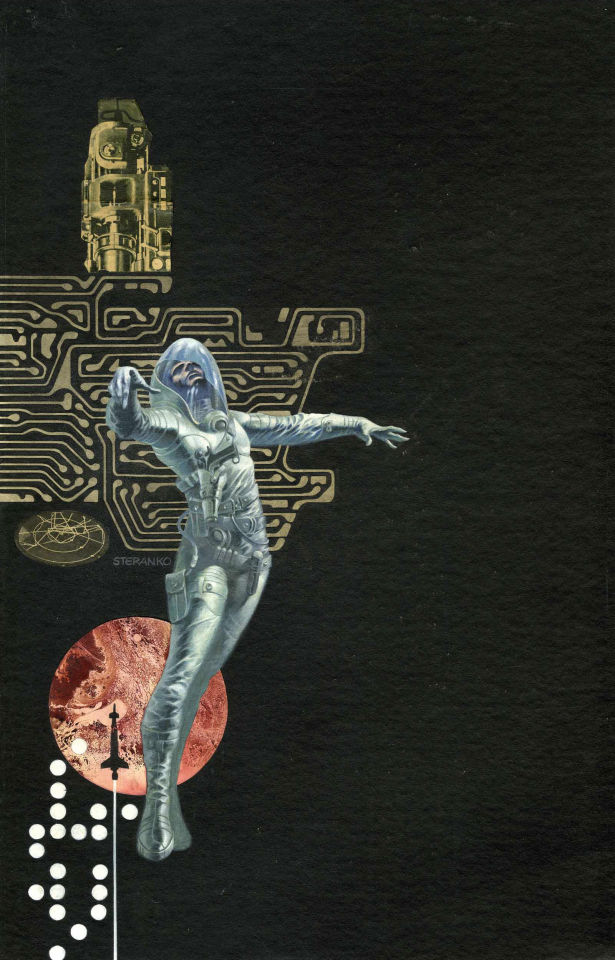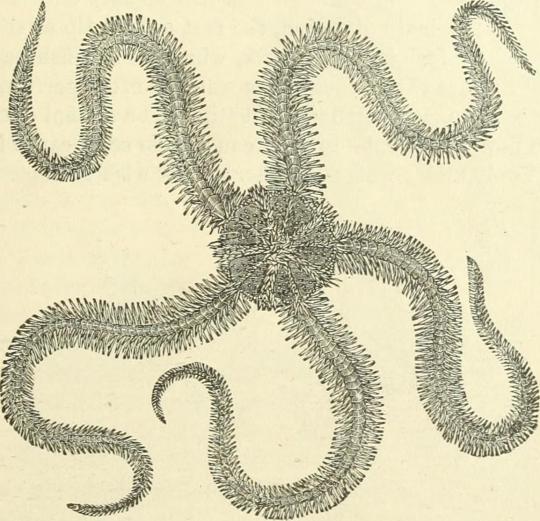Photo
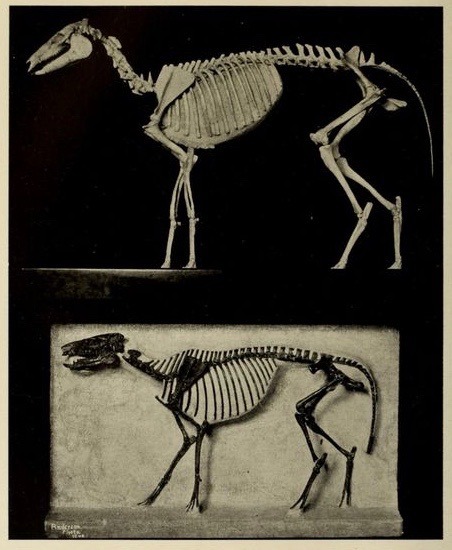
“Little three-toed horse (above) & four-toed horse (below).” Evolution of the horse. American Museum of Natural History guide leaflet. 1921.
120 notes
·
View notes
Photo

Fig. 32. The Earth, as seen from the Moon. Astronomy. 1875.
4K notes
·
View notes
Link
0 notes
Text
CALL FOR POETRY
POETRY
Submit 3 to 8 of your finest poems of any length or style ABOUT SCIENCE
No previously published work, including blogs.
Send all poems in one attachment titled with LASTFIRST in a doc, docx or pdf [email protected]
All rights revert back to author upon publication, we just ask you give Graviton a shout out if published elsewhere.
9 notes
·
View notes
Photo
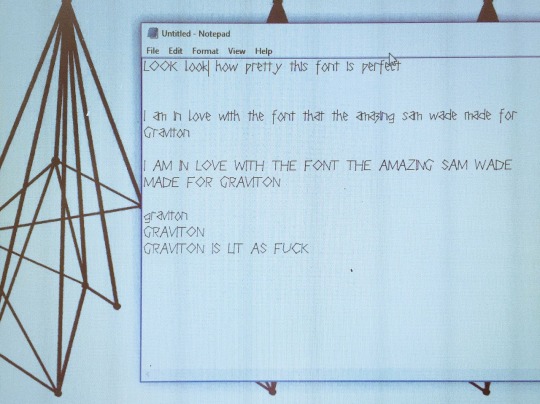
Look what @artbysamwise did for Graviton. Fucking love it. This lit mag is gonna be dope as fuck.
1 note
·
View note
Photo

The strangest creature just got unearthed from a Siberian diamond mine
Siberian miners have reportedly dug up what an ancient, unidentified mammal from the diamond-yielding sands of Udachny, in the Mirninsky district of the Sakha Republic in far northeastern Russia.
And okay, it might look like some kind of mummified demon spawn, but there’s a perfectly reasonably explanation for all of this… it’s just that no one’s quite sure what that is yet.
According to The Siberian Times, while the miners would very much like this to be some kind of newly discovered dinosaur species, researchers have suggested that it could be a young wolverine - a small, bearlike creature with very strong jaws and large canine teeth, as seen in the photo.
The Siberian Times
305 notes
·
View notes
Photo
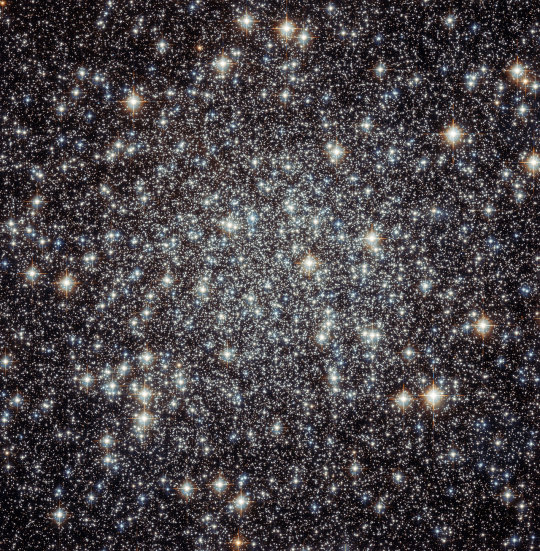
The crammed centre of Messier 22
This image shows the centre of the globular cluster Messier 22, also known as M22, as observed by the NASA/ESA Hubble Space Telescope.
Messier 22 is one of about 150 globular clusters in the Milky Way and at just 10 000 light-years away it is also one of the closest to Earth. It was discovered in 1665 by Abraham Ihle, making it one of the first globulars ever to be discovered.
The cluster has a diameter of about 70 light-years and, when looking from Earth, appears to take up a patch of sky the size of the full Moon. Despite its relative proximity to us, the light from the stars in the cluster is not as bright as it should be as it is dimmed by dust and gas located between us and the cluster.
As they are leftovers from the early Universe, globular clusters are popular study objects for astronomers. M22 in particular has fascinating additional features: six planet-sized objects that are not orbiting a star have been detected in the cluster, it seems to host two black holes, and the cluster is one of only three ever found to host a planetary nebula — a short-lived gaseous shells ejected by massive stars at the ends of their lives.
Credit: ESA/Hubble & NASA
320 notes
·
View notes
Photo
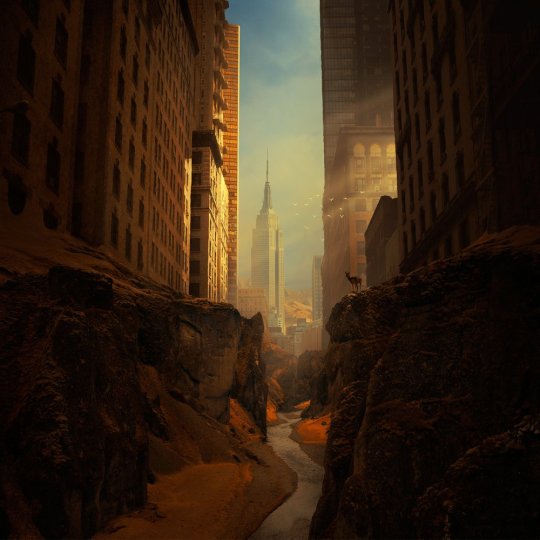
Surreal photography by Michal Karcz - Parallel worlds.
More art here.
372 notes
·
View notes
Photo
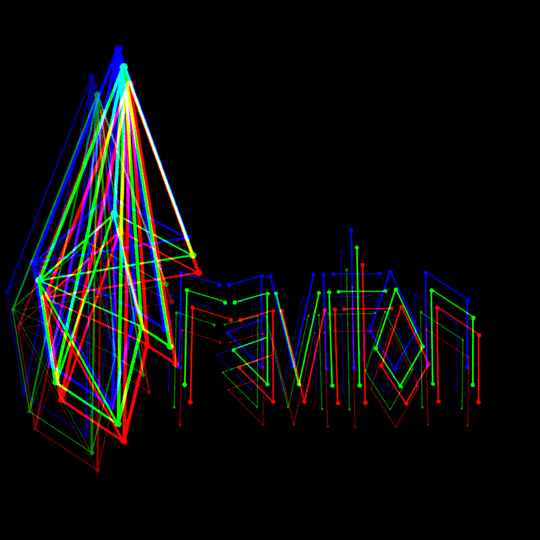
Call for art submissions for the inaugural issue of a sweet science poetry magazine
17 notes
·
View notes
Photo

Call for science inspired poems more info: http://gravitonlit.tumblr.com/allwehaveisnow
3 notes
·
View notes
Photo
This is pretty

Madame Clairevoyant’s horoscopes for the week of August 8 from The Cut.
109 notes
·
View notes
Photo
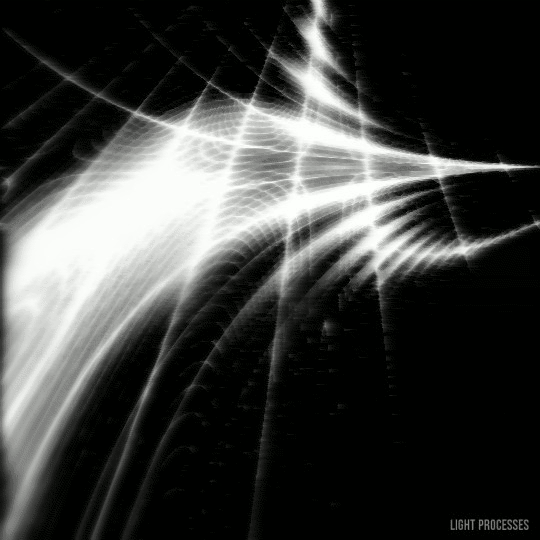
Bending Unreality.
Coded in Processing.
20 frames.
_Related: Tangent, Pixel Flow.
HD version at Ello.
351 notes
·
View notes
Photo
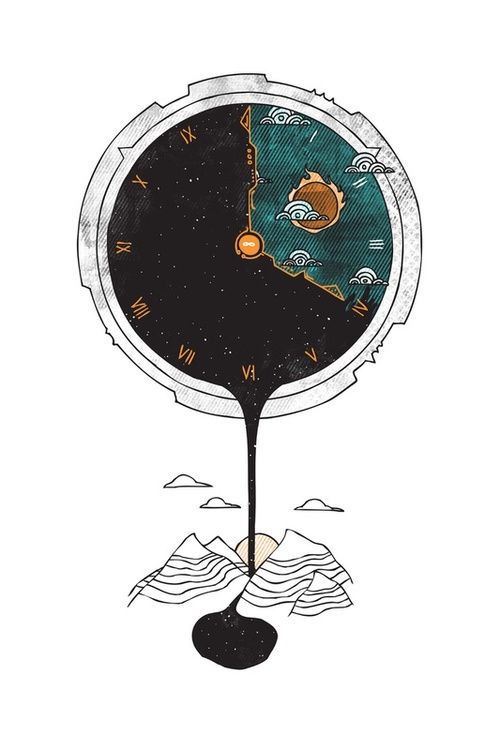
“Time and space are finite in extent, but they don’t have any boundary or edge. They would be like the surface of the earth, but with two more dimensions.” ~~ Stephen Hawking.
191 notes
·
View notes
